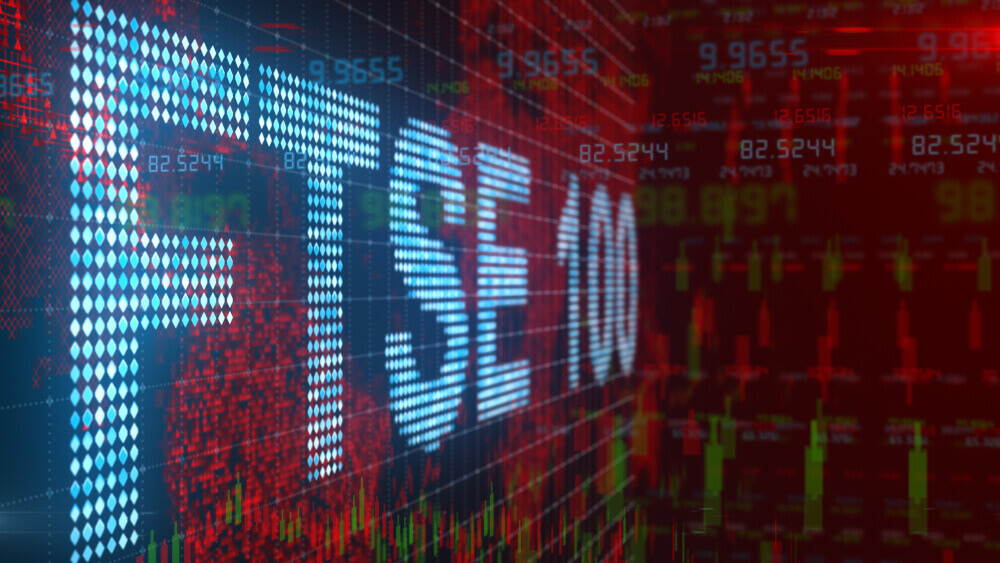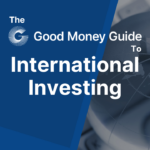The FTSE 100 is the UK’s blue-chip equity index. It is an index that measures the performance of the 100 largest UK companies listed. The index is market cap-weighted, meaning the biggest stocks have the most influence on the index, which is calculated in real-time, throughout the trading day.
Changes in the value of the index provide a barometer for investor sentiment, and share price performance, within the UK markets.
The market capitalisation of the FTSE 100 is variable, but it currently stands at just over £2.0 trillion.
Composition of the FTSE 100 index
The FTSE 100 index is comprised of stocks that are drawn from 20 separate sectors.
However, the highest sector weightings within the index are found in Healthcare 13.71%, Banks 11.48%, Energy 10.70%, and Industrial Goods and Services, which accounts for 11.54%.
The largest individual stocks within the index at the time of writing are:
AstraZeneca, Shell, HSBC and Unilever, all of which were valued at more than £100 billion each
The average FTSE 100 stock has a market cap of some £20.30 billion, however, the median market cap is just £7.50 billion, and the top 10 stocks account for almost 45.76% of the index.
So what happens to the share prices of the top 10 names has a big bearing on both index performance and the direction of travel.
History of the FTSE 100
The FTSE 100 was created in 1984 in a joint venture between the London Stock Exchange and the Financial Times, and it replaced the old FT 30 as the UK equity index benchmark.
The 100 stocks within the new index gave it a much broader base, which was more suited to the creation, and trading of derivatives, such as futures and options contracts that referenced the index.
At launch, the Index was valued at 1000 index points, however, it would go on to briefly trade below this level.
Since launching 30 years ago the index has rallied to more than 8000 points, its high water mark being 8445.80, which it reached in mid-May 2024.
The FTSE 100 constituents are reviewed quarterly, in March, June, September and December, with promotions and demotions made as appropriate.
How does the FTSE compare to US indices?
The FTSE 100 is most comparable to the S&P 500 and Nasdaq 100 indices, which like the UK equity benchmark, are both market cap weighted indices. (The Dow 30 is a price-weighted index).
However, unlike its US counterparts, the FTSE 100 has a very small weighting in Technology stocks, which as of the end of September comprised just 1.00% of the index.
In the S&P 500, the Technology sector accounts for 31.0% of the index, according to data from US broker Charles Schwab.
In recent times that lack of exposure to technology has led to underperformance in FTSE compared to its American cousins.
For example, over the last 5-years the FTSE 100 has risen by +14.22%.
Whilst the S&P 500 has rallied by some +93.60% in that time frame. The technology-focused Nasdaq 100 has posted gains of +115.42% in the last five years. The S&P 500 Technology sector index has risen by 205.90% in that time.
How to trade the FTSE 100
There are various ways in which you can trade the FTSE 100 index.
Most traders are interested in short-term index changes and there are a variety of products that provide them with exposure to those changes.
These include CFDs, leveraged, cash-settled and non-deliverable contracts that provide traders with economic exposure to the rise and fall of the FTSE 100.
Spread Bets, similar to CFDs, but classified as a bet rather than a trade.
A spread bet is also cash-settled and non-deliverable, and has potential tax benefits for UK citizens.
Profits made through spread betting are not subject to UK capital gains tax or CGT.
However, by the same token spread betting losses, cannot be offset against gains made elsewhere.
Alternatively, Futures and Options, are exchange-traded derivative contracts on the FTSE 100 index that are settled for cash, but which unlike CFDs and Spread bets have fixed contract sizes and expiry dates.
To trade in any of these products you will need a funded brokerage account and you will need to demonstrate that you have a sufficient level of understanding about leveraged products, and the risks involved in trading them.
Index traders often use short-term charts and technical analysis to trade the FTSE 100. These traders are looking for trends, and trend reversals within the price action.
If they believe the index is likely to rise in value they will go long( buy), however, if they feel that index is likely to fall in value then will open a short position(sell).
Because these are all derivative products, traders can trade long or short with equal ease.
However, there are margin and risk implications if you are shorting options on the FTSE 100 index.
How to invest in the FTSE 100
You can’t own the FTSE 100. However, as an investor, you can get exposure to the performance of the index and its constituents in a variety of ways.
As we noted above the top 10 stocks within the FTSE make up more than 45.0% of the index and they are its most influential components.
So by building a portfolio, made up of these stocks you will get significant exposure to the FTSE 100 though it won’t mirror the FTSE completely.
For that, you would need to own all of the components of the index in their respective weights. That could be time-consuming and costly and it would require periodic adjustment.
Far easier and probably much more cost-effective, therefore, to buy an ETF that tracks the FTSE 100.
An ETF or Exchange Traded Fund is an open-ended investment vehicle which tracks the performance of a specific index, sector, asset class or investment style.
ETFs typically offer low-cost, passive exposure to their underlying benchmark, trying to replicate performance rather than improving on it.
Investors could also consider Mutual Funds that track the FTSE 100 index, though these funds may have limited liquidity windows and higher charges when compared to the equivalent ETFs.

With over 35 years of finance experience, Darren is a highly respected and knowledgeable industry expert. With an extensive career covering trading, sales, analytics and research, he has a vast knowledge covering every aspect of the financial markets.
During his career, Darren has acted for and advised major hedge funds and investment banks such as GLG, Thames River, Ruby Capital and CQS, Dresdner Kleinwort and HSBC.
In addition to the financial analysis and commentary he provides as an editor at GoodMoneyGuide.com, his work has been featured in publications including Fool.co.uk.
As well as extensive experience of writing financial commentary, he previously worked as a Market Research & Client Relationships Manager at Admiral Markets UK Ltd, before providing expert insights as a market analyst at Pepperstone.
Darren is an expert in areas like currency, CFDs, equities and derivatives and has authored over 260 guides on GoodMoneyGuide.com.
He has an aptitude for explaining trading concepts in a way that newcomers can understand, such as this guide to day trading Forex at Pepperstone.com
Darren has done interviews and analysis for companies like Queso, including an interview on technical trading levels.
A well known authority in the industry, he has provided interviews on Bloomberg (UK), CNBC (UK) Reuters (UK), Tiptv (UK), BNN (Canada) and Asharq Bloomberg Arabia.
To contact Darren, please ask a question in our financial discussion forum.




